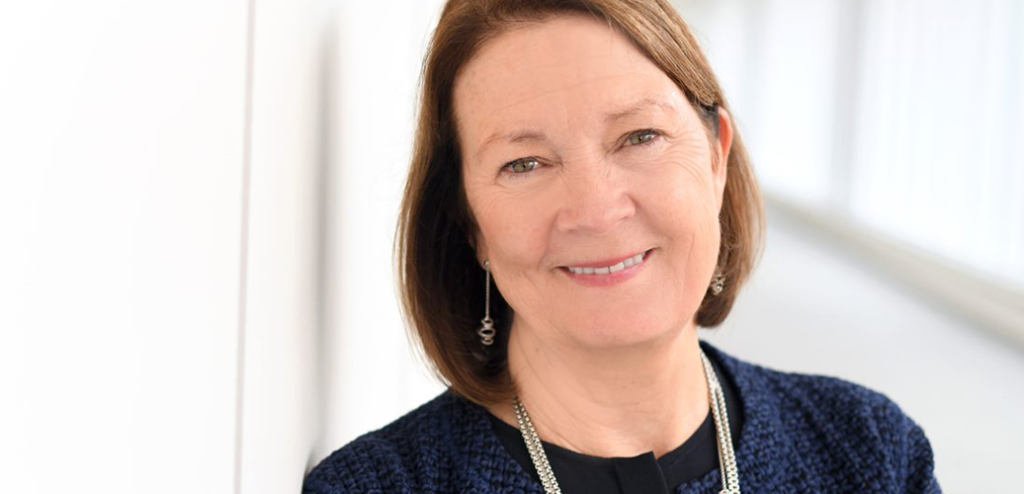Tender, familial closeness emanates as Mary and Elizabeth quietly embrace. This scene depicts Mary’s visit to her cousin, described in the Gospel of Luke (1:41-45). When Mary learns from the archangel Gabriel that her elder cousin Elizabeth had become miraculously pregnant at an advanced age, she journeys to see Elizabeth at her home. The moment these two women meet, each carrying a child because of God’s blessing, is steeped in warmth and wonder.
Käthe Kollwitz offers a modern, fresh rendering of this traditional subject in a bold woodcut from 1928. Known for highly emotional images, and for her use of gesture and facial expression to convey feeling, Kollwitz shows the women in an especially close embrace. Elizabeth pulls Mary in with a hand behind her head and seems to whisper or gently kiss her cousin’s cheek as she places her other hand on Mary’s growing belly. The artist excludes traditional symbolic details to focus solely on the sense of love and togetherness embodied in this moment.
Scripture relates that Elizabeth was well along in years when she became pregnant with John the Baptist. The artist offers some clue to the age difference between these expectant mothers, with the inclusion of lines on Elizabeth’s forehead, and her defined, slightly sunken cheekbone. Mary’s face shows its youth with fresh fullness, but we also can sense the trepidation and uncertainty she must have been experiencing. Both women, with eyes closed, stand together in a united moment of hope at the promise of life to come.
Kollwitz was a member of the 20th century German Expressionist movement. Many of these artists were attracted to printmaking for its ties to hands-on craftwork and German cultural heritage. In Maria und Elisabeth, Kollwitz intentionally leaves the woodblock’s natural grain visible as a proud proclamation of the artistic medium. She brilliantly harnesses the powerful aesthetic of the woodcut technique to emphasize the raw, exposed emotional potential of this profound moment.
Kollwitz primarily dealt with somber themes of war and death in her work, undoubtedly processing the sorrow of having lost her son, Peter, in World War I. Her tender visitation scene stands out in her body of work; the image’s intimacy and expressive emotion convey peace and the blessing of faith.
Joanna Reiling Lindell is the director and curator of the Thrivent Art Collection (

Reflecting
To whom have you turned for support during unexpected moments in life?







